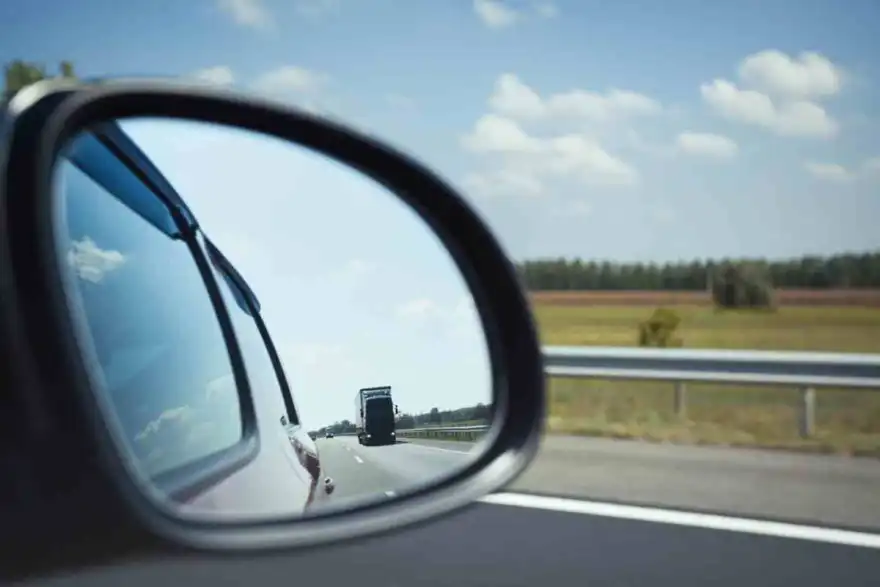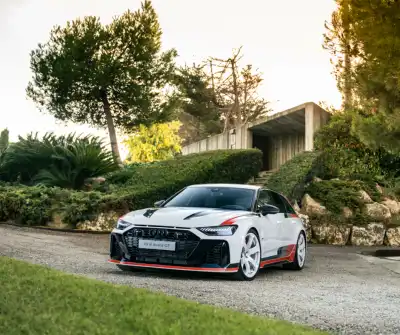
Your car has blind spots that must be carefully monitored to minimise the risk of collision. Blind spots are parts of the road you cannot see by looking through your windscreen, rear-view mirror, or door mirrors as you typically sit in the car. They can be caused by parts of the bodywork that obscure your view, the angle of the mirrors, or both. Blind spots can be big enough to conceal other vehicles, bikes, pedestrians, and many other hazards.
Blind spot example
Imagine your car is in lane one of a three lane motorway. A van is following immediately behind so you see it in your rear-view mirror. It now moves into the second lane to overtake. At this point, the van is forty metres back so you can see it in the right door mirror. However, it now pulls alongside your car so you cannot see it in any mirror. This means it’s in a blind spot.
You now want to move into lane two so you check the rear-view mirror. You cannot see the van. You check the door mirror, too. Again, no sign of the van. On this basis, you conclude it is safe to switch lane – but it is not. The van is still on your car’s right. As you move, the van driver has to swerve to avoid a crash.
Note your car’s blind spots
Simple steps make blind spots less of a problem. The first is to sit in your car while it is parked then look forward, backward left, and right to locate its blind spots. Around the front and rear pillars, for instance. You then know to pay particular attention to these areas once you start driving. Additionally, minimise the blind spots by optimising the position of the mirrors.
How to check blind spots
On the move, the best way to check your car’s blind spot is to simply turn your head and look over your shoulder. Try not to turn your body, though. If your body turns, you are more likely to accidentality tug on the steering wheel and knock the car off line.
Blind spot monitor
Many vehicles have a blind spot monitor to further minimise the risk of collision. Sensors in the mirror can recognise a vehicles presence so there is a warning light in the door mirror. As a further warning, the light flashes if you indicate a change of direction. Once the car has overtaken the light goes out.




